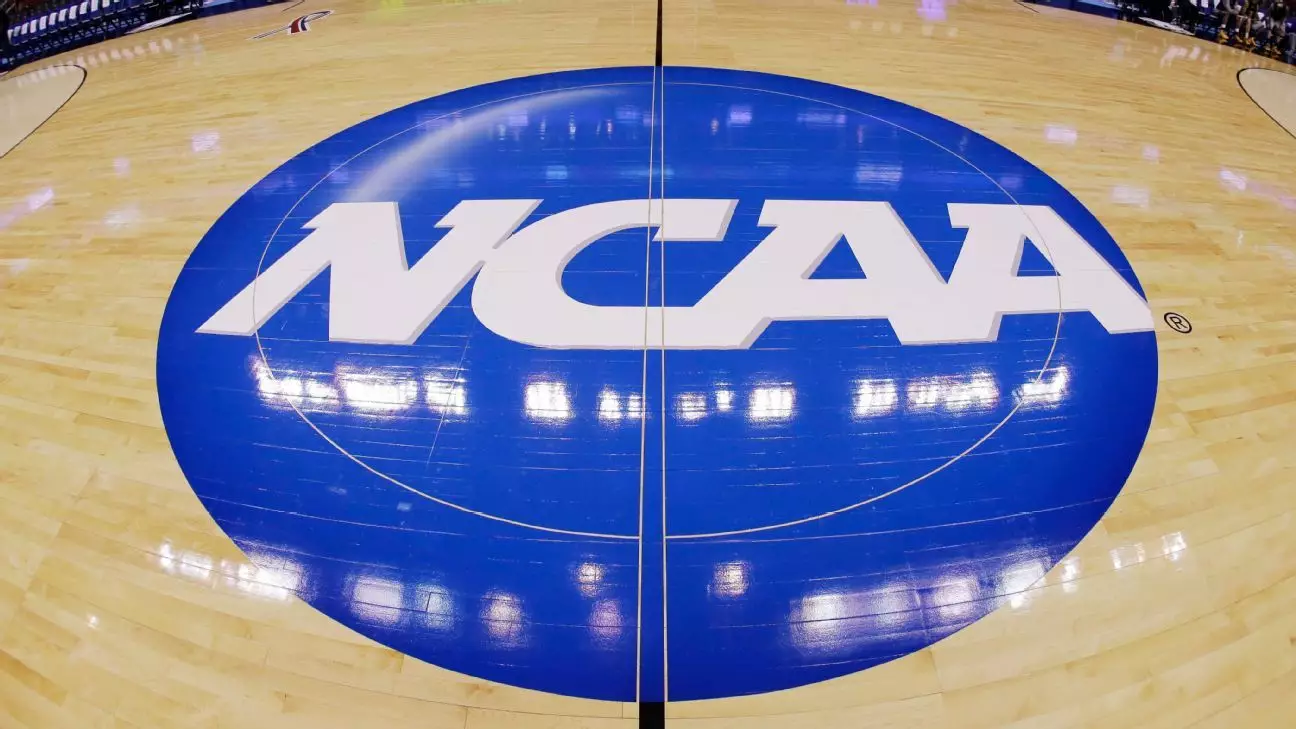In a significant ruling that could reshape the landscape of college athletics, federal judge Claudia Wilken recently announced her unwillingness to approve the proposed multibillion-dollar antitrust settlement between the NCAA and its member institutions. The crux of the issue lies in a controversial policy that seeks to implement roster limits on college teams, a decision deemed detrimental to current athletes. Judge Wilken’s ruling shines a spotlight on an often-overlooked reality: the transformation of college sports must happen in a manner that accounts for the athletes whose lives and careers hang in the balance.
What is particularly alarming is the NCAA’s steadfast insistence on immediate roster limits, which would leave many current athletes displaced as teams cut members to comply with new regulations. Wilken articulately denounced this tactic, underscoring the ethical implications of denying opportunities to players who have already invested their time and talent in college sports. Her assertion that such a settlement cannot be approved if it harms existing athletes highlights a crucial point: reform must prioritize the well-being of those it intends to benefit.
The Reality for Athletes under the New Settlement
The settlement revolves around an agreement that could injure athletes even as it promises substantial financial reparations. To address years of alleged restrictions on student-athlete income potential, the NCAA is prepared to pay approximately $2.8 billion, which would also enable schools to start directly compensating athletes. However, this financial boon comes at a significant cost: the introduction of roster limits. By limiting the number of players each team can keep, the NCAA’s proposed rules would effectively create a zero-sum game where existing athletes are forced out in favor of new talent — and the prospect of monetary gain.
The mathematics of opportunity becomes grim. Soon-to-be-implemented roster limits threaten the very fabric of team dynamics, where relationships and camaraderie are built. The prospect of losing their spots has already prompted more than 4,600 Division I athletes to enter the NCAA transfer portal, does society really want to endorse such instability among young adults whose lives are impressionably at stake?
Seeking Fairness Amidst Self-Inflicted Disruption
Wilken’s pushback against the NCAA’s logic reveals a fundamental flaw in the organization’s approach to reform. While it is true that some colleges have already begun cutting players as preparations for the anticipated settlement, this doesn’t alleviate the moral issue at stake — it underscores it. This disruption is a result of the NCAA’s own making, and to weaponize it against current student-athletes, simply seeking continued participation in their chosen sports, is an untenable stance.
In having a clear-eyed view of the consequences, Wilken’s ruling brings to the fore the notion that change must be equitable and considerate of those most affected. Conversations focusing on “grandfathering” existing athletes into the former rules at least allow for a semblance of fairness while still enacting necessary financial reforms. The NCAA would be wise to re-evaluate its stance on roster limits and explore compromises that preserve the integrity of the sports and opportunities for all athletes, rather than prioritizing expediency.
The Role of Attorney Advocacy in Social Change
Advocates working alongside the plaintiffs are optimistic that the NCAA will reconsider its position on this contentious issue. Steve Berman, a pivotal figure in this movement, has articulated a belief that the NCAA recognizes their leverage and sees the consequences of refusing to adapt. This highlights a crucial dynamic in the preservation of rights for college athletes: the intersection of legal advocacy and social justice. While financial settlements are important, the impact of such changes on individuals’ lives cannot be overstated.
There is a palpable shift in the college sports narrative that hinges upon the voices of student-athletes, whose influence has grown through organized protests, social media activism, and now courtroom testimony. Young athletes like Gannon Flynn bear witness to the potential fallout of hastily implemented roster rules, and their advocacy is essential for ensuring that reforms do not come at the cost of existing talent.
As discussions continue among stakeholders, with all sides urged to engage in fruitful negotiations, it is paramount to ask ourselves: What kind of values do we want to permeate college sports? If we profess to champion fairness, inclusivity, and the well-being of our athletes, then we must reassess the balance between financial incentives and the very people the system is meant to support. The NCAA’s actions in the coming weeks will speak volumes about their commitment to athletes’ rights and the future of college sports as a whole.


Leave a Reply